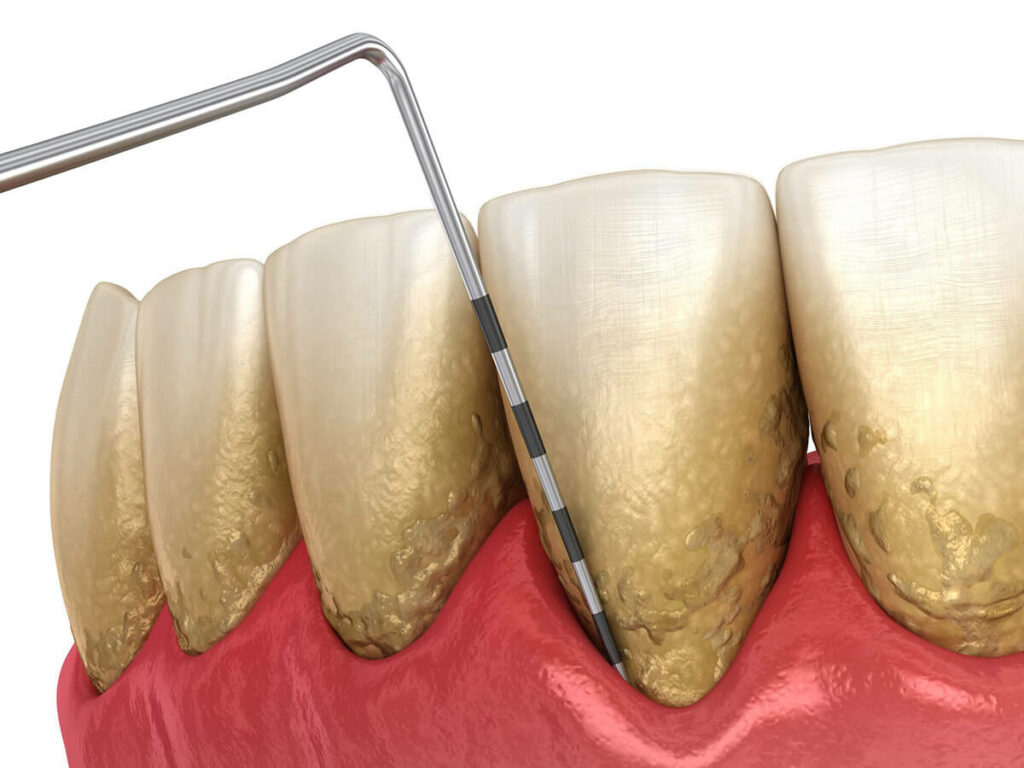Gum Disease Treatment
Maintaining healthy gums is a foundation for overall oral health. Our expert team provides personalized and effective treatments for gum disease to help you achieve and maintain a beautiful, healthy smile.
Gum Disease Treatment in Prosper, TX
Gum disease, or periodontal disease, is a common but serious condition affecting the tissues surrounding your teeth. It begins with plaque buildup, which, if left untreated, can lead to inflammation, gum recession, and even tooth loss. At Ross Dental Studio, we offer a range of treatments to address all stages of gum disease, from gingivitis to advanced periodontitis. Our experienced dental professionals use state-of-the-art technology and techniques to diagnose and treat gum disease effectively.

-
What are the signs of periodontal disease or gum dissease?
Early indicators of gum disease include red, swollen, or bleeding gums, persistent bad breath, and receding gums. If you experience any of these symptoms, it is crucial to schedule an appointment immediately.
-
How can gum disease be prevented?
Brushing and flossing your teeth daily and visiting your dentist regularly for cleanings and check-ups can help prevent gum disease. Additionally, avoiding tobacco products and eating a balanced diet contributes to healthy gums.
-
How is periodontal disease or gum disease treated?
Yes, gum disease is treatable, especially when caught early. At Ross Dental Studio, we offer various treatments to manage and reverse the effects of gum disease, helping you maintain a healthy smile. We start with a thorough examination and detailed cleaning to remove plaque and tartar. For more advanced cases, we recommend scaling and root planing, a deep cleaning procedure that helps eliminate bacteria from beneath the gum line. Surgical interventions or laser therapy may sometimes be necessary to restore gum health. We aim to provide comprehensive care tailored to your needs, ensuring optimal oral health and preventing complications.
More Questions?
If you have any questions about periodontal disease (gum disease) treatment, please contact our office, and we will be happy to answer any questions.

